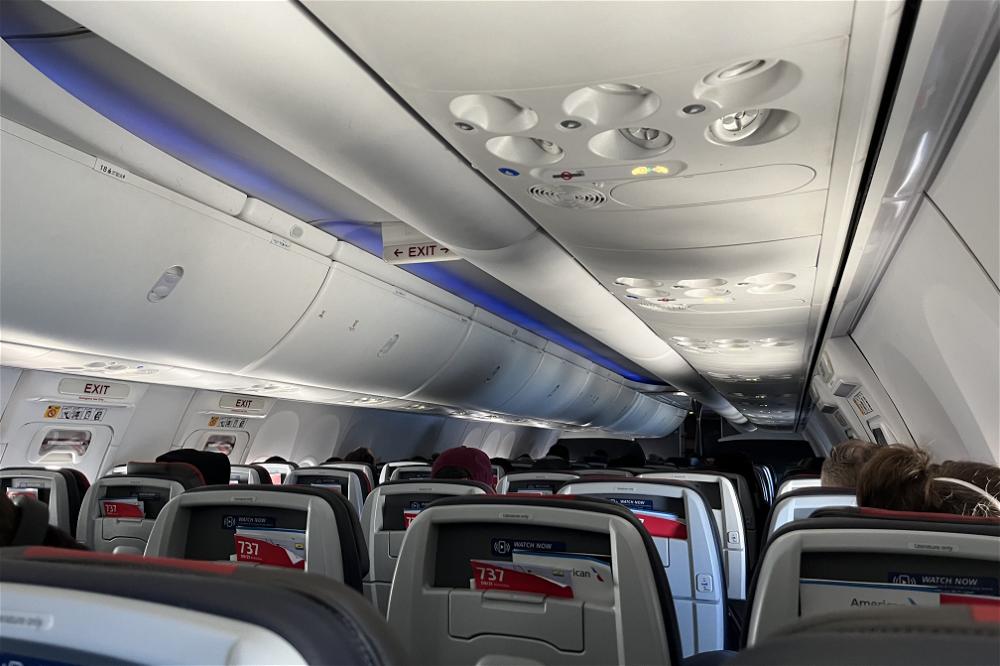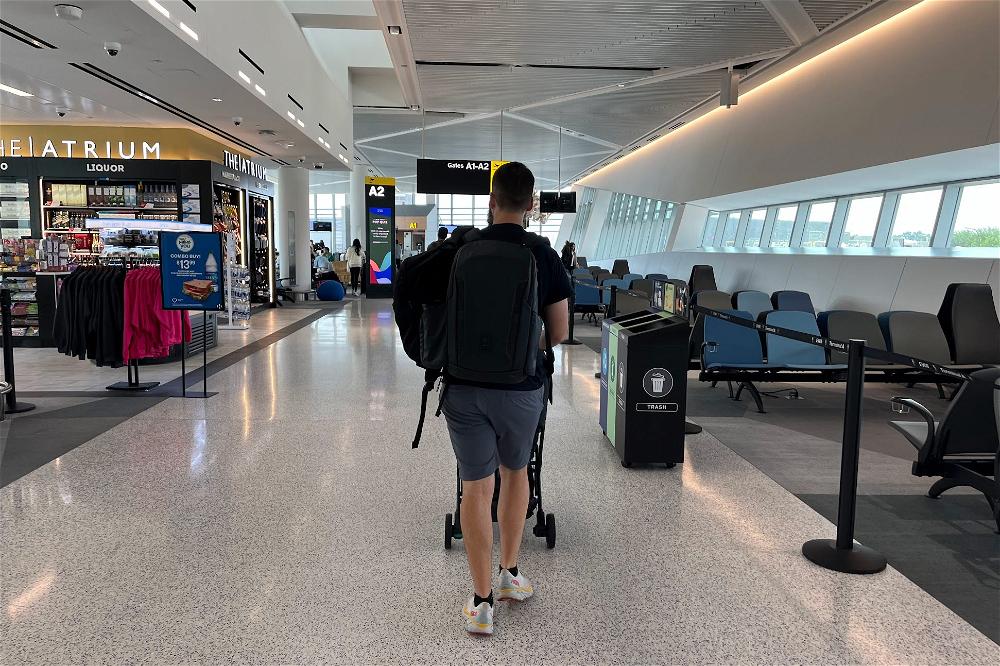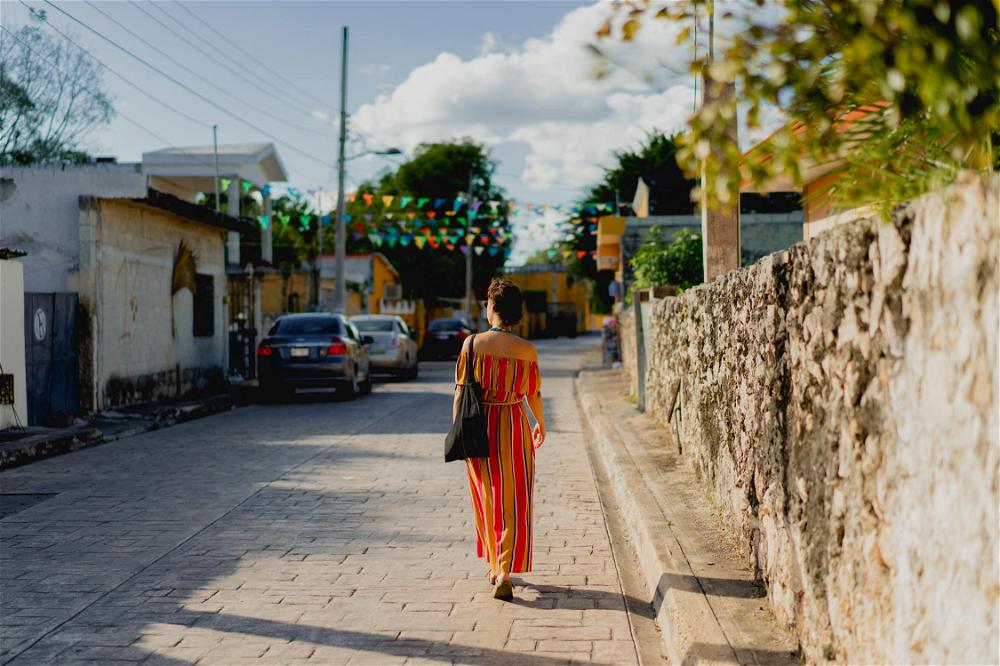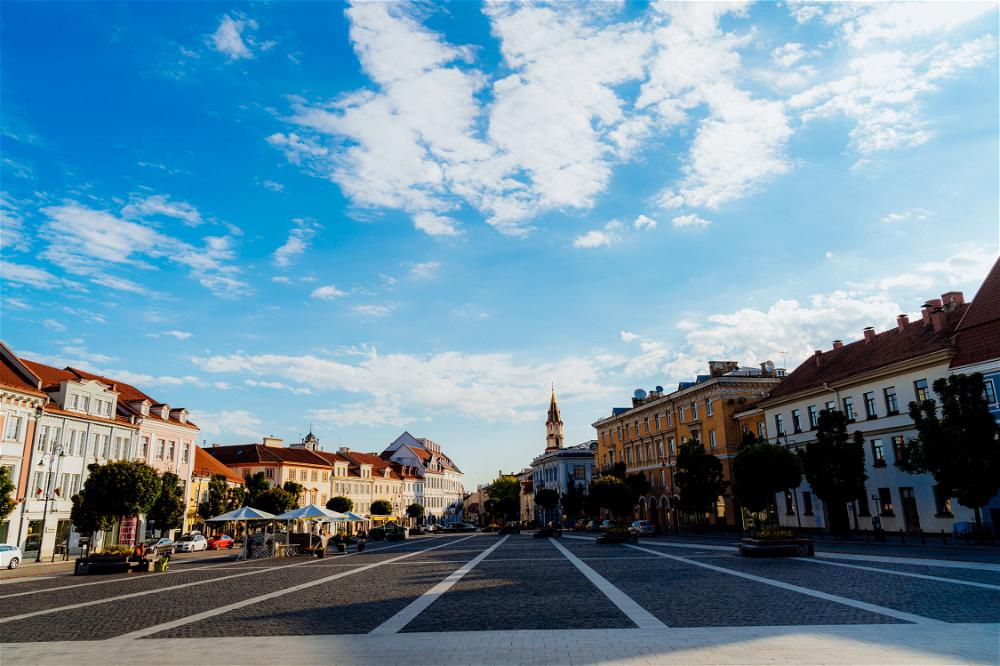Helpful Money Tips for International Travel
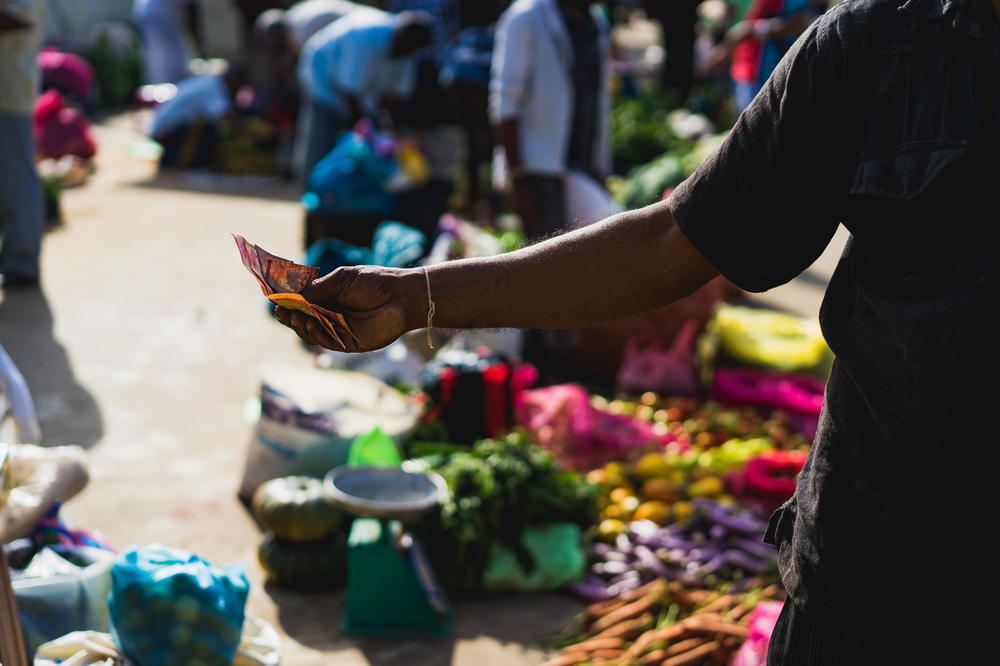
We cover how to bring and spend money when traveling internationally, if you should exchange money before leaving for a trip and the best way to exchange money when abroad.
This article may contain affiliate links. We earn a small commissions when you purchase via those links — and it's free for you. It's only us (Becca & Dan) working on this website, so we value your support! Read our privacy policy and learn more about us.
Table of contents
- Bring some fresh USD bills from home
- Get familiar with exchange rates!
- Researching currency fluctuations
- Track foreign exchange rates over time
- Ask around in your network for foreign currency
- Get foreign currencies at your home bank
- You can withdraw local currency when you land in the airport or cross over land
- Exchange at a bank when you arrive
- Put an international travel advisory on your credit card account
- Getting the daily exchange rate on credit purchases while abroad
- Determine the extent of acceptance for different credit card companies
- Know your transaction fees on your travel credit card
- Using credit abroad and leaving tips
- Choose the local currency correctly and optimally
- Use a checking account that reimburses ATM fees, and start now
- Check out a travel pricing index for destinations abroad
- Calculate spending each day or week during a trip abroad
- Figure out your spending average for your trip budget
- Save foreign currency for future trips
- Ask around in your network to offer international money
Are you about to leave home for a trip somewhere cool abroad?
You’re probably thinking, “Oh, shoot. I forgot to figure out if I’m going to need to get cash in this foreign country. And how much cash should I travel with, internationally?” Let’s jump right in with the most important question:
How much cash should you travel with internationally?
There’s really no one-size-fits-all answer here because there are so many factors at play. First, consider where you are going. Some places might be a culture where cards are accepted everywhere. I traveled to Taiwan and Amsterdam, I don’t think I used cash once.
For other places like Medellin and Mexico City, I rarely used a card!
Now that you’ve accessed your primary payment method, you can ballpark how much you need for a few days. You shouldn’t take out all of your cash at once, because anything can happen. You can leave some in the hotel room and someone comes into your room and takes it. You can be pickpocketed. You never know!
One tip, is that if you know you need cash getting to your hotel from the Airport, bring that exact amount with you before you arrive. Airport taxi’s never claim they have change, and they’ll usually round up because “they don’t have change”.
You might not want to take out money frequently at ATMs because of the fee. Depending on how much it costs, consider that the fee is way less than losing a few days worth of cash. Also, some banks offer ATM reimbursement, even internationally. One of my checking accounts, Fidelity, offers this, and it’s never been a problem to get refunded the ATM fee.
Lastly, if you end up with a surplus of cash, don’t keep it all in one place. Keep some with you and distribute it throughout all of your luggage. Try to not stash it in the room where you are staying because you can forget it exists and leave without it. You can literally be leaving money on the table.
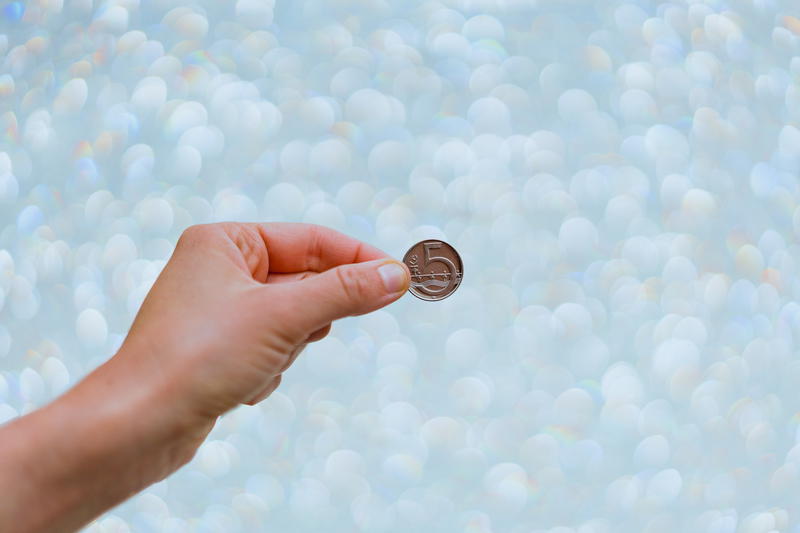
Have some USD with you
You should bring cash in USD (or your home currency) with you on your trip as backup currency in case you wind up with a malfunctioning credit card or ATM card.
Bring some fresh USD bills from home
I have always had some crisp USD twenties or fifties in my wallet when I left home for a trip.
Having this money has come in handy for exchanging upon arrival, ordering tourist visas upon arrival and sometimes, a national park entrance fee (charged in USD) here and there.
While living in NYC, I would go to a bank on my lunch break several days before leaving the country for an international trip and would stand in line at a bank. I’d request $200 or so worth of twenty-dollar bills, requesting super crisp ones for this purpose exactly.
I would have these with me, stashed away in a secret and unassuming part of my luggage, in case I needed to use them for exchanging, visas or other surprise expenses (this happened frequently in Africa).
Why do crisp USD bills matter when traveling abroad?
The reason for getting super crisp twenty-dollar bills is that local banks abroad don’t typically accept smaller denominations, and they certainly don’t like bills with writing, crinkling, folds, chunks missing, torn edges or faded writing.
I’ve experienced sometimes that banks will turn away bills that are less-than-perfect. This is something you want to get right the first time.
For visas on arrival (Zambia and Zimbabwe, to name two countries with this policy off the top of my head), you will also need cash, and such visas must be purchased with perfectly un-damaged bills.
Find out and track foreign international currency exchange rates
I personally think foreign exchange rates are fun and interesting.
Edit: I think it’s fascinating and worthy of keeping in an app in my phone for travel days.
Foreign currency exchange rates are like a gamble of their own, and I find exchange rates and fluctuations over time to be incredible.
Get familiar with exchange rates!
I first had to get familiar with foreign exchange rates when I lived and worked in Shanghai, China, from 2010 to 2012.
While working there, I was paid in US Dollars due to an agreement in past years with American staff hired from abroad.
I worked in China during the first year when the Chinese Yuan started slipping in its rate with the US Dollar, and this hurt my salary.
The Americans who worked at my school and I would race to the bank on Fridays after pay day to request conversions of our USD into Chinese Yuan for spending, as soon as possible.
The catch was that the rate would slip day by day. If we didn’t act fast, we’d lose our hard-earned money to the fluctuation. Some days we’d look at XE.com and admire small increases in the USD to Chinese Yuan, and other days we’d look in disgust at a small dip.
Nowadays, I look at exchange rates when I travel.
There are some places, like Hong Kong, that have currencies pegged to the USD. (Did you know that? Such a fun fact.)
This is interesting as well because, at any given point, you can go to Hong Kong and presume that the rate won’t have changed much (unless something totally unexpected happens).
I follow currency rates around the world so that I can think up places to go where my dollar will go further.
Researching currency fluctuations
When I went to South Africa in summer 2016, I lucked out big time. The following is a story about how a foreign exchange rate can make you a king.
Somewhat fortunately for Americans, the South African Rand weakened a whole lot that year.
This caused our US Dollar to have almost two and a half times more buying power than only two years before for American travelers.
I was eating steak dinners and having South African wine for $25 and having cocktails at restaurants for $4. Had I gone in 2013, that steak dinner would’ve been $75 in my home currency, and the cocktail would’ve been $12, just like in NYC.
Right now, the same thing is happening in Argentina, a place where the economy affects the currency a whole bit.
When I went to Argentina, the exchange was approximately 14 Pesos to a USD, and now it is hard to even pin down how much the Argentine Peso is worth in Dollars because it fluctuates constantly. I recommend checking out Xe.com.
This means Americans have 5 times (more?) of the buying power we did four years ago.
Fun fact: traveling to Argentina will also get you steak dinners, wine and cocktails, so I definintely recommend it. :-)
Track foreign exchange rates over time
To track foreign exchange rates, use XE.com, which you can read about in our favorite apps for travelers article.
I also use the XE.com app for my phone. The mobile app is free, and you can choose nine of your favorite currencies to track against your home currency.
The rates update immediately, and you can also look into the charts that are available to show currency changes over time in one-day to ten-year intervals.
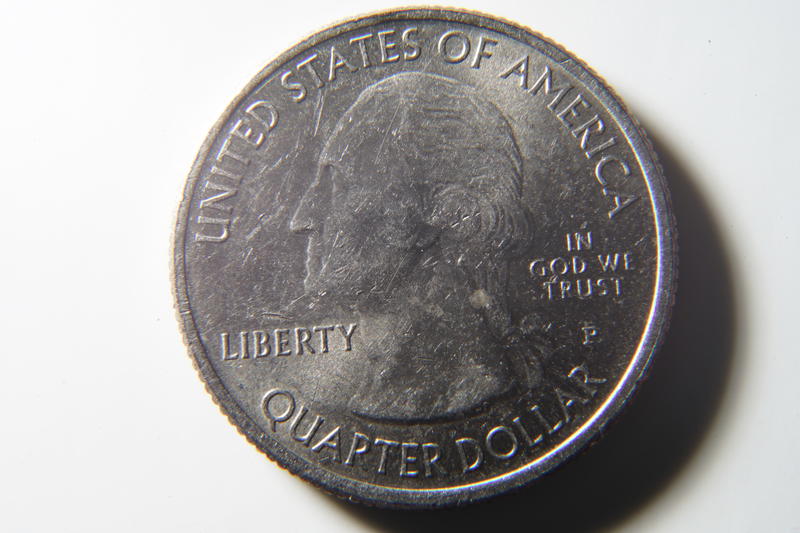
Get local currency for your international destination before you travel
There are several ways to get local currency before you leave for a trip abroad. I’m going to list a few ways that are my favorite hacks of getting international money before my flight.
Ask around in your network for foreign currency
First, you can always ask on Facebook if anyone in your friends network has the currency of where you are headed.
When I went to Portugal (or was it Spain?) in 2016, I posted on Facebook, “Does anyone have Euros they don’t need?”
I got several replies and met up with a friend who had leftover Euros from a previous trip.
I landed in Europe armed with Euros so that I didn’t have to get to an ATM so immediately. I like to land in a new destination abroad already armed with local currency, so that I can take an airport taxi into town or buy some snacks in case (worst case scenario) the ATMs reject my ATM card.
Get foreign currencies at your home bank
A second way to get local currency is to head to a bank and ask if they have Euros, Pesos, Yuan or Yen, etc., in stock.
For currencies that are rarer (Sri Lankan Rupees, Peruvian Soles, Vietnamese Dong… to name a few), your chances are a bit slimmer.
Sometimes, you can request these in advance from a bank and they can let you know how soon they can receive them for you to exchange before you leave.
If you’re going to, say, Guatemala, and you’re looking for Guatemalan Quetzales (the currency there), you could call your local bank branch a month before your flight leaves and ask if they can order the currency for you to pick up and trade.
You can withdraw local currency when you land in the airport or cross over land
The last few ways to get local currency of your destination happen when you land. Upon arrival, you can withdraw from an ATM with your ATM card in the airport.
When withdrawing from ATMs abroad, you will typically get charged a fee by the foreign bank (and maybe your bank as well).
To avoid this, you can use a bank that reimburses foreign ATM fees. I’ll get into this very soon.
Exchange at a bank when you arrive
Although I do not recommend doing this, as per the benefits of the methods mentioned above, you can also exchange your home currency for local currency at a bank when you land.
You may receive a less-than-optimal exchange rate.
If you’re going to be potentially exchanging money at banks abroad, make sure your bills are crisp, clean and undamaged!
Absolutely use a credit card whenever possible when you travel
If you have a credit card that waives all foreign transaction fees, then yes: you should use your credit card when you travel internationally with no hesitation.
Put an international travel advisory on your credit card account
One of my favorite things to do before I leave for a trip is to call my credit card company, talk to a human, and let them know which countries I’ll be in, so that they do not flag my purchases as fraud and block my usage.
It pays to take care of this beforehand so that you don’t have to deal with issues when you leave your country and may not have a way of making calls.
Nowadays, many credit card companies say, “You don’t have to call us to tell us about a travel advisory anymore!”
It seems credit card companies have gotten smarter, and the Internet knows so much about where you go that maybe by now it’s all linking up and they know when you left the country anywhere due to your Instagram (just an idea).
Getting the daily exchange rate on credit purchases while abroad
Spend money on your credit card while you’re on your international trip.
You’ll also get the conversion at the daily exchange rate when your purchase posts.
I use a travel credit card whenever I can, so that I can continue travel hacking and increase my points and miles. This lets me cash in for free flights further down the line when I have enough saved up!
I also find it helpful to review my purchases and spending in an app like the Chase app, so that I can see if there’s anything that was charged incorrectly, any foreign transaction fees I have to know about. Having an app on the go lets me assess my spending while I’m on the road.
Determine the extent of acceptance for different credit card companies
In my experience, Visa is most widely accepted worldwide.
American Express and Mastercard are accepted somewhat outside the US, but it is always best to have multiple credit cards.
Some stores or restaurants may turn away Visa, and if you have multiple types, you’ll have another option ready.
Even at home I’ve sometimes had my Mastercard rejected, while my Visa gets accepted. So, we definintely suggest having two credit cards with you for this reason.
Some businesses might also charge fees for using credit, or may have charge minimums.
Be prepared for these kinds of setbacks, and have cash ready as backup as well.
Know your transaction fees on your travel credit card
When using credit, ask in local businesses if there is an extra charge for a credit card transaction.
In several hostels and hotels in different parts of the world, I’ve experienced being quoted a 3% transaction fee for using a credit card; this is typical for small businesses, as they aim to offset the costs of using credit in their stores.
Sometimes I’ll change my mind and use cash, or sometimes I’ll go with the fee if it’s not turning out to be too hefty.
I have mostly seen this abroad when booking excursions or paying for a night in a hostel.
For this reason, it’s good to have a few hundred dollars worth of local currency with you if for some reason a place does not accept credit at all. An example of this would be a local guesthouse, a cash-only restaurant, a taxi you have to take when there’s no ride share service available or a bus booking.
Using credit abroad and leaving tips
One more consideration is the use of credit in cafes and restaurants internationally.
In some countries where credit cards are accepted, the tip is not included in your bill and can’t be added after the transaction.
If you want to leave tip on card, you have to remember to tell your server to add 10% or 15% (depending on local norms) as they are processing the transaction.
Choose the local currency correctly and optimally
In my experience, if you have a choice of USD or EUR, for example, when your credit card is in the reader, pick the foreign currency.
You will nearly always get a better deal.
I always avoid choosing US Dollars in these instances, and I’ve even done the math after making the mistake of picking USD that I had lost out.
Avoid foreign transaction fees at all costs
I haven’t been charged a foreign transaction fee in my lifetime, and you shouldn’t be being charged them, either.
For traveling, open a credit card account that has travel benefits like no foreign transaction fees.
We both use Chase Sapphire Reserve and we’ve now started using Wells Fargo Propel card as well.
Use a checking account that reimburses ATM fees, and start now
For ATM fees, as I mentioned above, I no longer get charged those, either.
Dan introduced me to an Investor Checking account with Charles Schwab that reimburses me for ATM fees every thirty days.
The Fidelity Cash Management account also has a system of automatically reimbursing the account holder for any ATM fee charged by foreign banking institutions while abroad or traveling.
With these types of accounts, I see reimbursements for these in the next month for any ATM fees charged to my card when I withdraw.
I recommend saving your ATM withdrawal receipts until you get refunded in the following month, just in case you need to call up the bank and ask about where your refunds are.
Budget your travel spending during an international trip
There are lots of ways to budget spending during your trip.
For one thing, there are lots of ways to save money while traveling and my favorite way is to check out what the typical cost of travel is for the place you’ll be going.
Check out a travel pricing index for destinations abroad
The Price of Travel Index is one of my favorite websites to peruse.
Did you know that Hanoi, Vietnam, ranks #1 for the lowest price of daily travel in Asia?
You can find out that type of data at this site.
We talk about our favorite affordable destinations for travel in this guide.
Calculate spending each day or week during a trip abroad
If I’m traveling for a while, I’ll stop and take some time to calculate how much I’ve spent so far.
I tally the price of my flight or flights (including any airline vouchers used), and then separately, I’ll tally the amounts of money I’ve withdrawn from ATMs, purchases made on credit card and any money spent on the trip before I left (price of foreign travel visas or related fees).
I usually do this for fun and for my own reference in a Google spreadsheet.
Looking for new proven ways to save money on flights and airfare? The easy solution is to sign up for Going, the leading way to find flight deals and mistake fares, directly to your inbox. Use HALFHALF20 to get 20% off!
Figure out your spending average for your trip budget
Based on how I want to calculate my daily spending average, I take these fees and divide by the number of days I’ve been on the road.
What’s interesting to see is how things like rental cars factor into your trip and blow out your daily average.
When Dan and I traveled around Ireland, the cost of our rental car for a week accounted for a giant portion of what we spent during the whole trip.
If you are on a tight budget, consider scrapping a rental car and going with public transport.
There are so many ways to save money during travel.
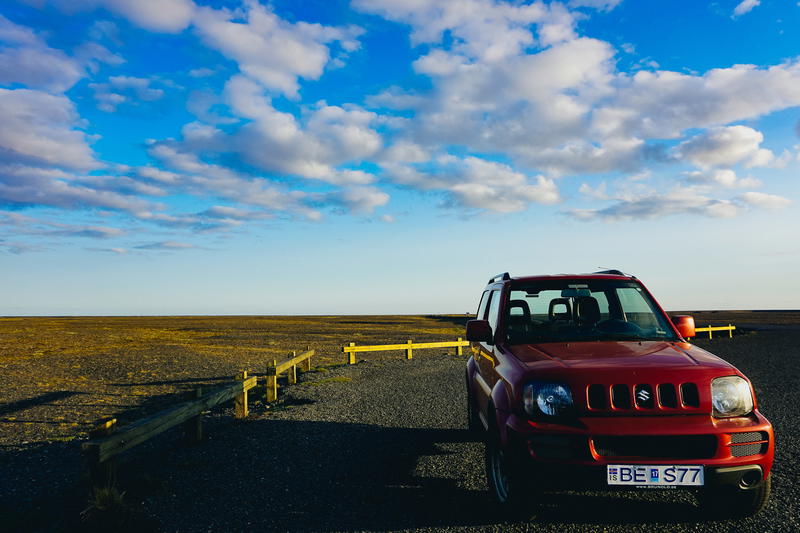
Figure out what to do with extra foreign currency after you return home
When your trip is ending, deciding what to do with your foreign currency is a valid thing to think about!
If you have only a little bit left, you can spend it at the airport on gifts for friends and family, or some delicious snacks for the flight or a souvenir you’ve been wanting.
Save foreign currency for future trips
If you have cash in a widely-used currency like the Euro (used as official currency in 23 countries!), consider saving your EUR for a future trip to any other country in the Euro-using destinations.
You can also save currency for your friends, if you know you have a friend who will be going to a particular destination within a few months!
If you travel somewhere where the USD is the official currency, like Ecuador, Panama or Cambodia… you’re in luck! You can go home with those dollars in your wallet and use them at home, if you’re American.
Of course, if you’re not American, save those USD bills for your next trip to the US. (And come say hi to us in NYC!)
Ask around in your network to offer international money
If you wind up with any foreign currency and you know you might not be going to that specific country for another few years, ask around in your network to determine if any friends or family are headed there soon and might want to buy it off you.
I’ve done some pretty funny street exchanges in giving away my Colombian Pesos or Indian Rupees in exchange for the equivalent in a Venmo payment.
To buy money or transfer money to others travelers, you can use Venmo (for US bank accounts only) or PayPal (used worldwide).
Don’t go over the limit for cash allowances on an international flight
Some people want to ask, “How much money can I travel with on an international flight?”
Know the rules: You usually can’t travel on an international flight with more than $10,000 (US Dollars). If you have that much money, you should probably put it in a bank, or have it invested…
In any case, most customs forms will ask if you’re traveling with more than $10K in USD upon landing. If yes, you will have to declare it. If you only have $9,999, then you should be fine.
In conclusion
Travel and money is a topic that has evolved tons for me since I started traveling. It has certainly been a trip of its own.
The first time I went abroad on my own was during my study abroad to Hong Kong in 2009.
Looking back, it’s incredible to see how much my process has changed.
I remember that my parents offered me travelers checks to bring. I remember saying, “What does a travelers check even do?” I haven’t heard the term ‘travelers check’ in the last decade, which goes to show how far travel and money has come.
In a time where we manage bank accounts and pay bills online and in a time where credit is so much more widely accepted all over the world, money management while traveling has changed quite a bit, for the better.
One of my favorite parts of traveling these days is the fact that I can use a good travel credit while abroad, and sometimes it’s even astonishing how widespread the use of credit cards is in major cities very far from home.
Looking for a new travel credit card? Consider the United Explorer card. We have this card! We like it because of the sign-up mileage bonus, Global Entry credit and no annual fee for the first year.
It’s also incredible how many places still use cash as king: Sri Lanka and Vietnam are just a few.
I also really enjoy updating my money strategies year by year; for example, even five years ago I was still using my ATM cards and paying hefty fees for ATM withdrawals in Ecuador, Bolivia and Guatemala.
Today (and thanks to money-sharing strategies and hacks with Dan) I’m getting reimbursed for those same fees.
In some of our most recent trips, we started seeing how contactless payments are spreading all over the world. In fact, the first time we used ApplePay and GooglePay regularly was in Taipei, Taiwan where no one even wanted us to slide our plastic credit card through a card reader!
What I am getting at with all of this is that you should be flexible. Some places may require you to use cash while other places are fine with you using your card. The process of travel is an evolution as more people open up to the idea of accepting digital payments.
I hope that this has helped you be more confident in your ability to travel and has answered all of your questions about money!
You may also like
-
![Lufthansa a319 - lufthansa a319 - lufthansa a3.]()
How to Use Travel Hacking to Get Free Flights
Is travel hacking worth it? Let’s see the best ways to get free flights and the websites that will let you travel hack your next trip. Here’s our guide to hacking our travel.
-
![]()
23 Tips for Easier Plane Travel with Multiple Kids
With these tips from real parents, avoid losing your sanity when flying with two or more kids. These airport and plane tricks make plane travel with multiple children easier!
-
![A person holding a notebook with the words fluent city in front of a cactus.]()
How to Learn Languages and Helpful Phrases for Traveling
Did you ever realize that traveling gets a little bit easier when you know a few words in the language of the country where you're going? We've created a list for a few surprise ways to learn languages based on what works best for us.
-
![]()
Pregnant and Traveling: 16 Handy Essentials for Comfy Flights
Through taking flights while pregnant, I found things that help make the trip more comfortable. Here are my personal recommendations of what to pack for flying during pregnancy.
-
![A woman walking down a street in a colorful dress.]()
How to Travel Solo: What to Know Before You Go
Need tips for how to travel alone for the first time on a solo trip? I share what to know for first time solo female traveler safety, and the best destinations for traveling solo.
-
![A blue sky with white clouds.]()
32 Safest Cities for First-Time Travelers
What are the best safe cities and safe destinations for first-time travelers? If you're traveling on your own for the first time, check out this list of easy safe cities to travel to.
